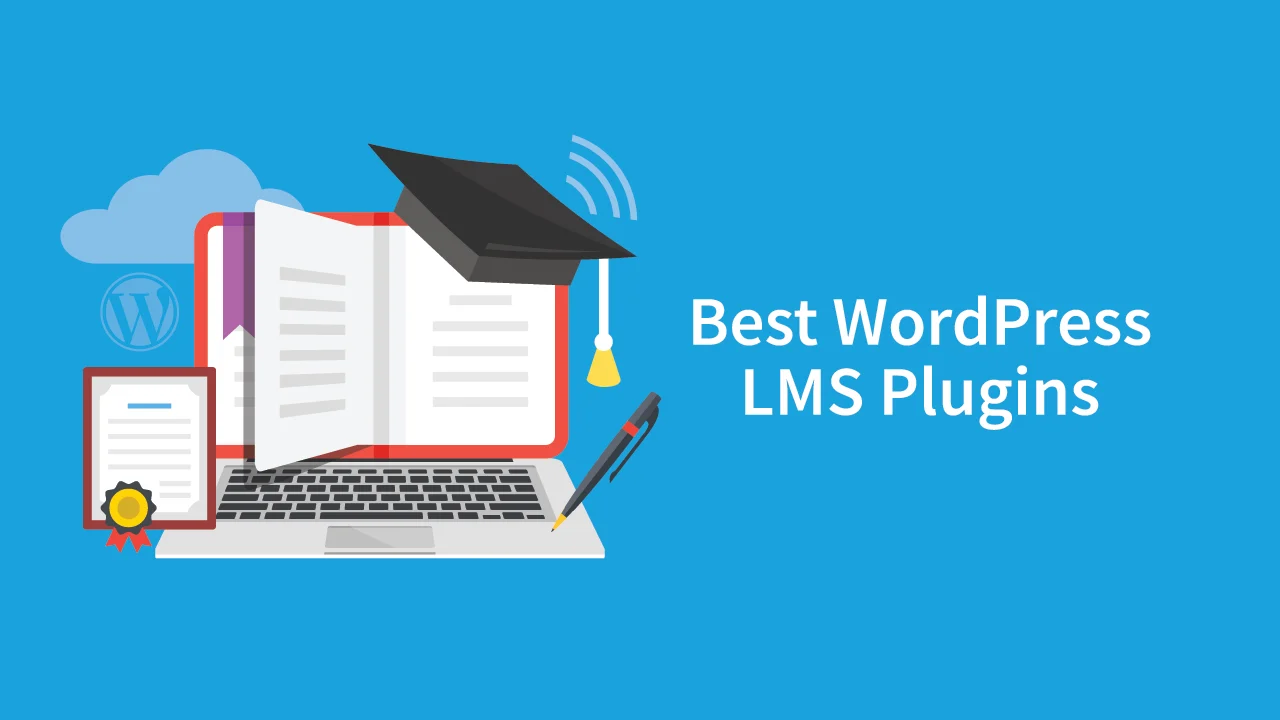Whether you’re running an online store, a blog, or a corporate website, a fast and efficient website can significantly impact your user experience, search engine rankings, and conversion rate. The Managed-WP team understands how important website performance optimization is and has prepared this in-depth guide to help you supercharge your WordPress website’s performance. Discover ten proven tips to improve your site’s speed, functionality, and overall performance.
Table of Contents
- Choose a High-Performance Web Host
- Optimize Your WordPress Theme
- Use a Content Delivery Network (CDN)
- Optimize Images and Videos
- Keep Your Plugins and Themes Updated
- Leverage Browser Caching
- Minify CSS, HTML, and JavaScript Files
- Enable GZIP Compression
- Optimize Database
- Eliminate Render-Blocking Resources
1. Choose a High-Performance Web Host
Choosing a reliable and high-performance web host is a critical first step to ensuring your WordPress site loads quickly and consistently. A quality web host should provide excellent uptime, fast server response times, and dedicated support. Managed-WP is a premium managed WordPress cloud hosting platform that prioritizes performance, scalability, and superb customer support. Check out our website to learn more.
2. Optimize Your WordPress Theme
Your WordPress theme plays a significant role in your website’s performance. Opt for a lightweight and responsive theme that is optimized for speed and mobile devices. Avoid choosing a theme bloated with unnecessary features or elements that may slow down your site. Instead, look for themes that have been specifically designed for performance optimization, such as those offered by Managed-WP.
3. Use a Content Delivery Network (CDN)
A Content Delivery Network (CDN) helps to improve your website’s load times by storing copies of your site’s content on servers in various global locations. When a user visits your site, the content is delivered to them from the server closest to their location, thus reducing the time it takes for the content to load. Implementing a CDN, such as Cloudflare, can be integral in improving your site’s speed, especially if you have an international audience.
4. Optimize Images and Videos
High-resolution images and videos, while visually appealing, can drastically slow down your website’s loading times. Optimizing your media files by compressing and resizing them can make a significant difference in your site’s performance. Use image optimization plugins, such as WP Smush or EWWW Image Optimizer, to compress images in various formats without compromising their quality. Additionally, consider using lazy loading to delay the loading of images or videos on your site until they are needed, further improving performance.
5. Keep Your Plugins and Themes Updated
Outdated WordPress plugins and themes can pose security risks and negatively affect your site’s performance. Regularly update your plugins and themes to ensure they’re up-to-date, stable, and compatible with the latest version of WordPress. While updating, take the time to remove any unused or unnecessary plugins that may be slowing down your site.
6. Leverage Browser Caching
Browser caching stores versions of your website’s files in a user’s browser, allowing subsequent visits to load faster. Configure your website to utilize browser caching by editing your .htaccess file or implementing a caching plugin like WP Fastest Cache, W3 Total Cache, or WP Super Cache.
7. Minify CSS, HTML, and JavaScript Files
Minification is the process of removing unnecessary characters, such as whitespace, comments, and indentation, from your CSS, HTML, and JavaScript files. By minifying these files, you can reduce their size and thereby improve your site’s loading time. Plugins like Autoptimize or WP Rocket can easily perform this task for you.
8. Enable GZIP Compression
GZIP compression is another method of reducing the size of your site’s files. It works by compressing your files on the server before sending them to the user’s browser, resulting in faster load times. Enable GZIP compression via your .htaccess file or use a plugin like WP Rocket or W3 Total Cache to handle it for you.
9. Optimize Database
Over time, your WordPress database may accumulate unnecessary data, such as post revisions, spam comments, and outdated drafts. Optimizing your database includes cleaning up this data, repairing corrupted tables, and reducing overhead. Use a plugin like WP-Optimize or WP-DBManager to optimize your database and keep it running smoothly.
10. Eliminate Render-Blocking Resources
Render-blocking resources, such as CSS and JavaScript files, can prevent your site from displaying content quickly. To eliminate render-blocking resources, consider inlining critical CSS, deferring non-critical CSS, and moving non-essential JavaScript to the footer or using the async attribute. Google’s PageSpeed Insights tool can help you identify render-blocking resources on your site, while plugins like Autoptimize can help resolve these issues.
Applying these ten tips will significantly boost your WordPress website’s performance, resulting in an improved user experience and higher search engine rankings. For a reliable and high-performance managed WordPress hosting solution, consider Managed-WP. Our team is dedicated to helping you create lightning-fast, scalable, and secure websites with expert support available 24/7/365.



















